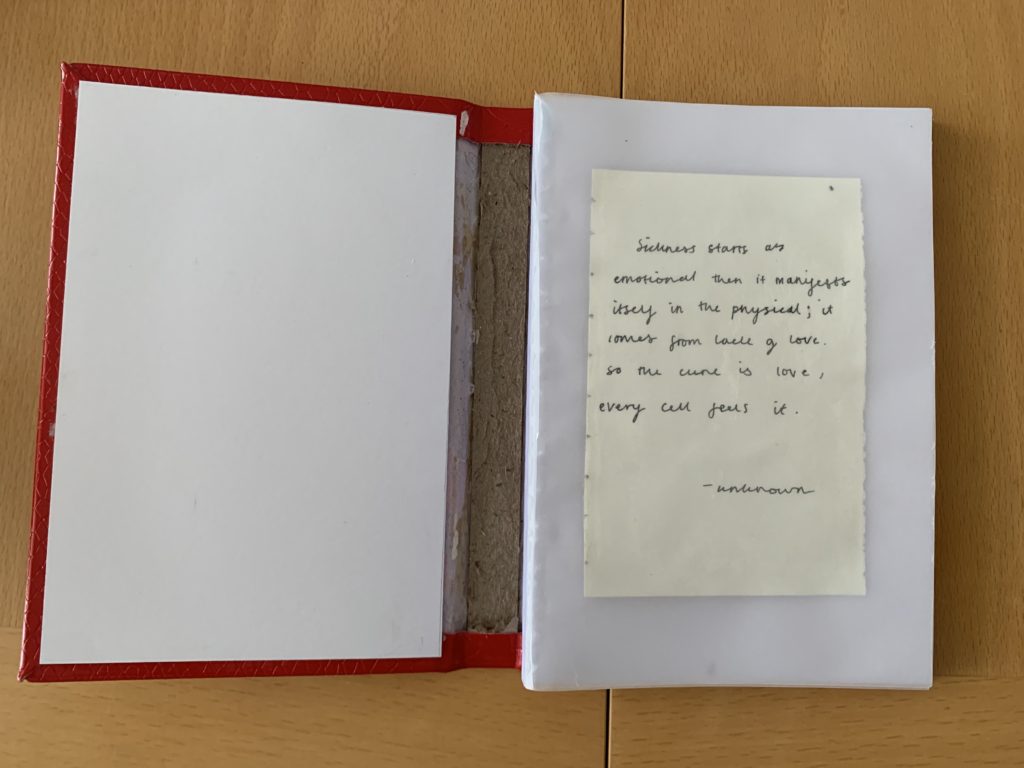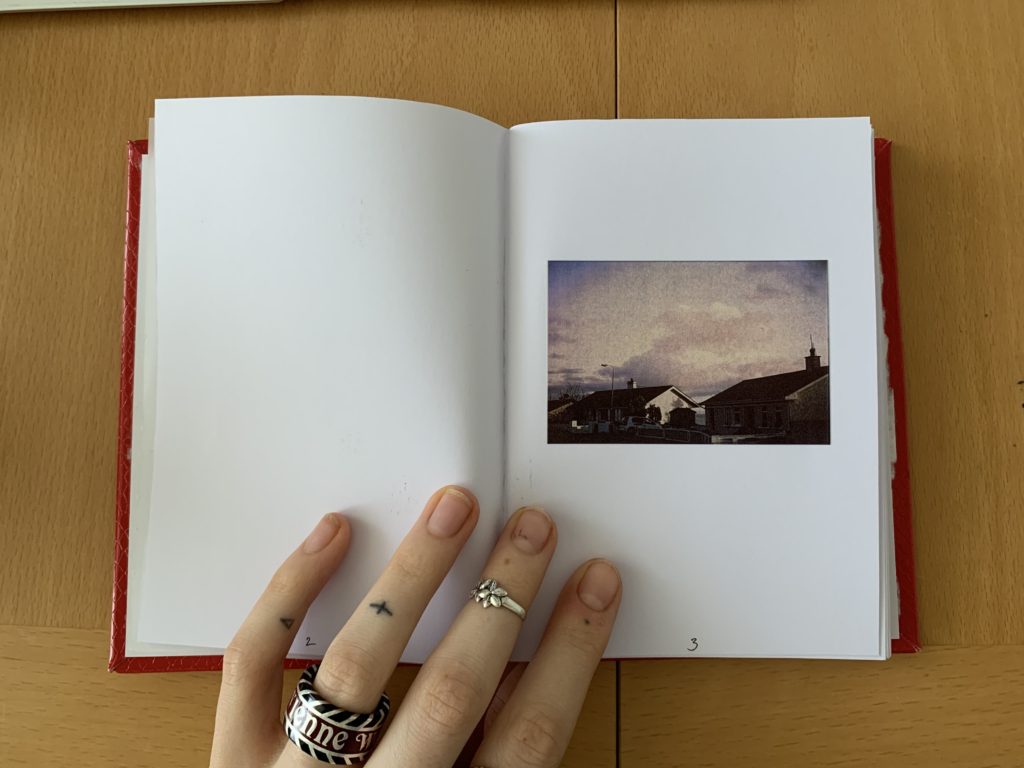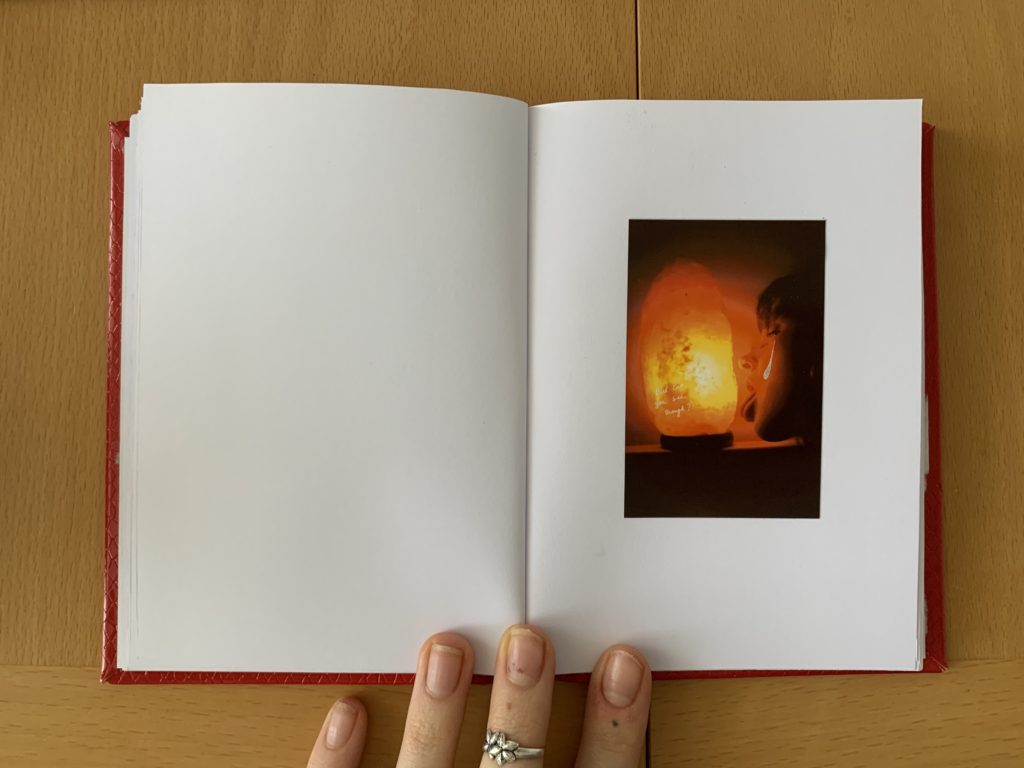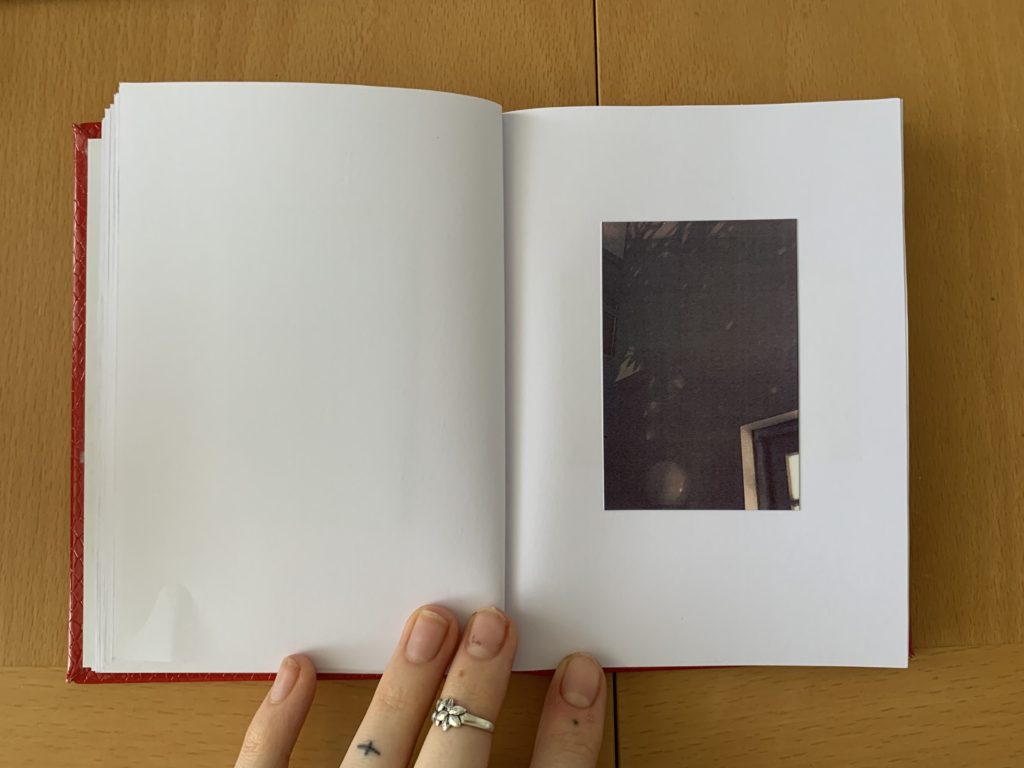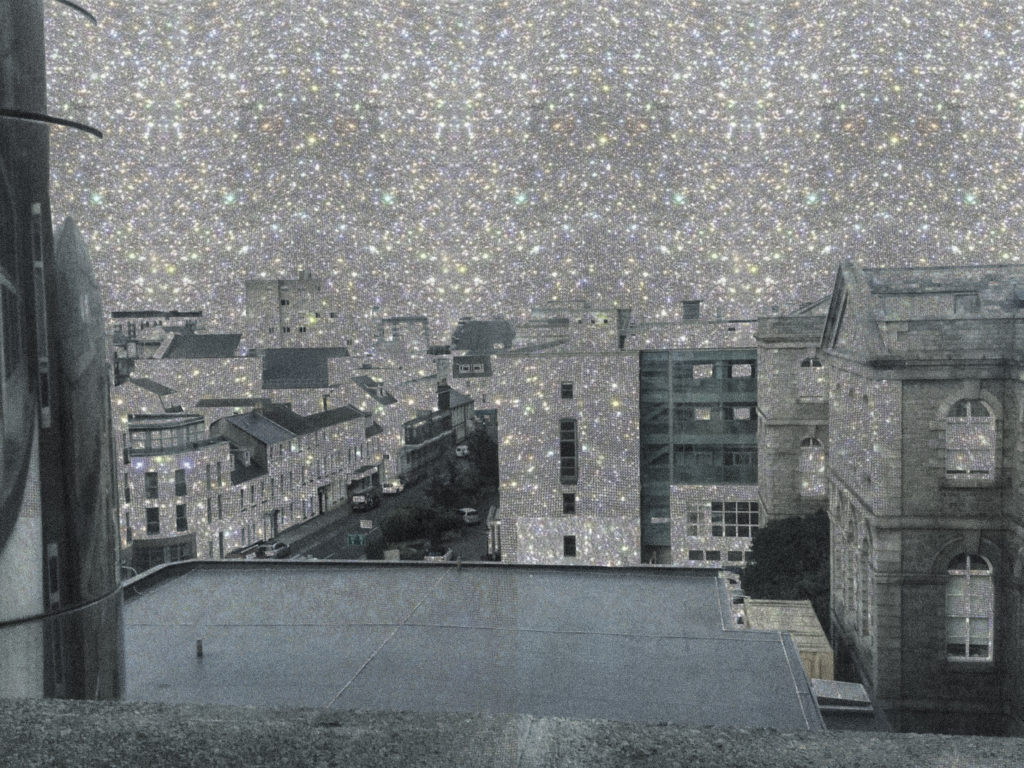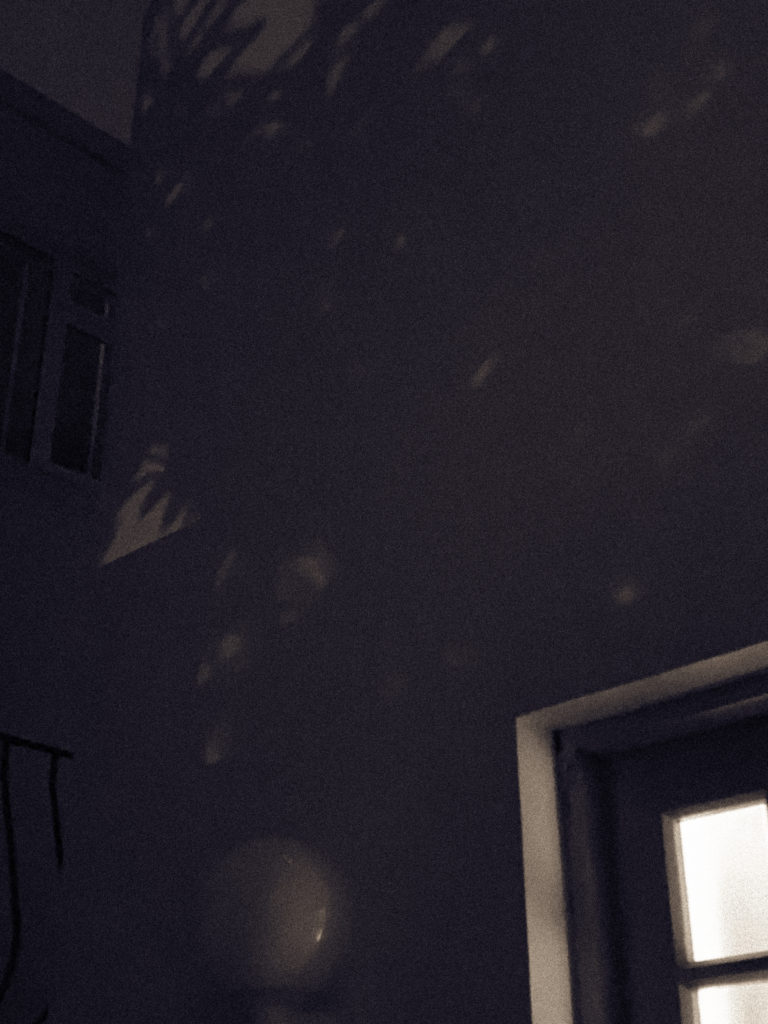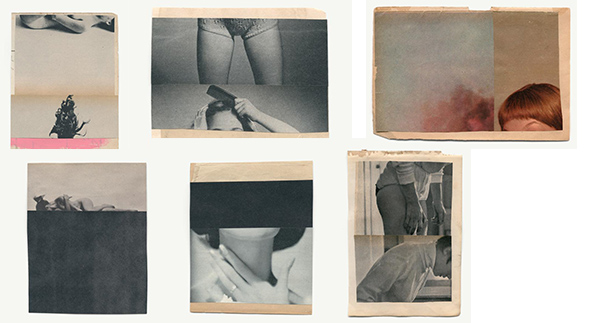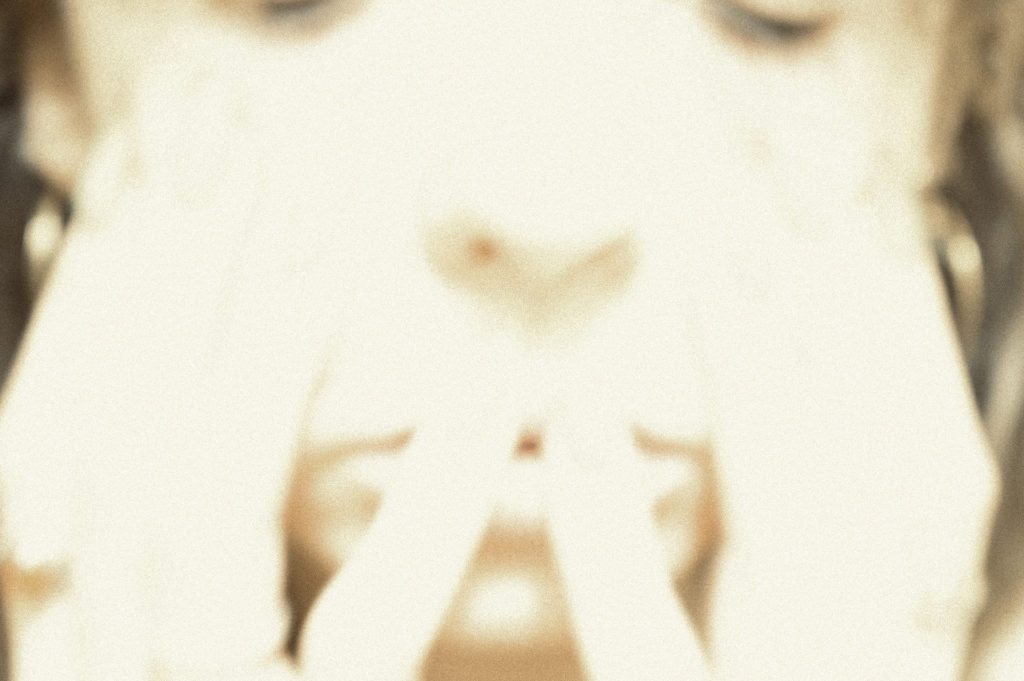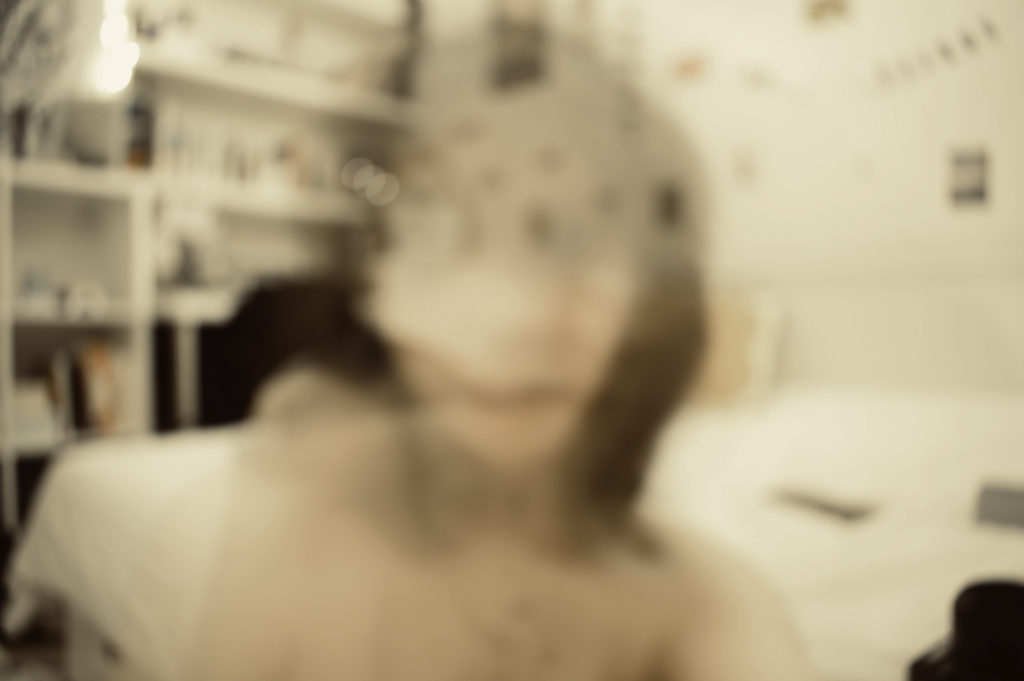How the concept of surrealism in photography can help artists express their inner thoughts and portray their opinions and views on events that are going on.
The theme which I focus on in my personal study follows the odyssey of four feelings; change – euphoria – love – regret. For myself, the idea and concept of change has a journey – how change makes you feel euphoric, and you fall in love with your new life but may still suffer with the feelings of regret. There have been many changes occurring in the past few years of my life, and its changed me as a person, ripped away any safety nets, and started building the person I am now at present. My personal study is going to document how change can affect you emotionally and spirituality as a person, specifically focusing on illness, divorce, loss, lack of love and the idea of rebuilding your so called normality all over again. I will also be looking into the aspects of change when you want things to stay the same, and when things aren’t changing even though you want them to. All of these aspects and changes that happen in life can have a relentless repercussion on your mental view on things, often becoming twisted and confusing for yourself to even fathom. Surrealism and the prospect of dreams also play a vital role in the pieces of art I have created, and so I will be exploring the historical context of surrealism and touching slightly on Dadaism.
Whilst my personal investigation focuses on raw life events and situations, I wanted to explore the groundings of surrealist art, including Dadaism as my work is heavily influenced by these prominent movements. Around the start of the surrealism period, around 1920, the economic boom had ceased, and America had began the period called the Great Depression. The Surrealism movement had started, which was heavily influenced by dadaism and abstractism, but was also affected by the Great Depression. “It was the first time in U.S history that a widespread movement of artists began addressing politics and using their art to influence society Andre Breton defined surrealism as “psychic automatism in its purest state, by which one proposes to express verbally, by means of the written word, or in any other manner, the actual functioning of thought.” (MoMA) Bretons reasoning preposes that artists neglect the rhyme and reason of reality, and tap into a deeper state of their unconscious minds. This statement that Breton made is the basis to my creative work in this personal study, and signifies the meaning and deeper context behind the work that I’ve created. Another significant individual linked to surrealism was Sigmund Freud, who wrote the book “the interpretation of dreams” (1899). Through this book he recognised and covered the importance of dreams and the unconscious as valid reasons for human emotions and certain lusts. The vulnerability he gave to such topics, including desire, sexuality, sensuality and mental facades created the theoretical basis for much of surrealism.

I focused mainly on mental facades, desire and sensuality during this study, incorporating aspects of reality and unconscious states of mind, thoughts and dreams. Through this, I tried to merge all topics of interest into one, as they all have some sort of link with each other in the first place. Most surrealist artists would rely on their own unique reoccurring motifs through their work that appeared in dreams of certain unconscious states, such as Salvador Dali’s clocks. This imagery would more often than not feature in their creative pieces, generally coming across as outlandish, perplexing and somewhat uncanny as it would throw the viewer from their initial assumptions. I found this somewhat comical and amusing, as the photographer was the one who was in control of tricking the viewer with their own creations. For me, I found this fascinating as you could almost control what the viewers were perceiving.
Katrien De Blauwer is a photographer/ artist who uses collage to portray memories and reminisce on certain times. Her images normally include female figures that have been collaged together with other images and mixed media such as paint, pen and natural materials such as dried flowers. She started off studying painting, but later moved on to Photography and fashion as she found the certain subject matter involved more alluring. She explored collage for years, and at a later age began collecting, cutting and recycling images as a form of therapeutic self investigation. Whilst this self investigation brought up many questions for herself, challenging personal views and beliefs, it also questioned her viewers
De Blauwer calls herself a “photographer without a camera”, as she seeks out, collects and recycles pictures and photos from old magazines to create a direct communication with our unconscious and our anonymous minds thanks to the use of found images and body parts that have been cut away. This way, her personal history and creative journey becomes the history of everyone; each individual can interpret and relate to each of her works in whatever way they feel appropriate. The collage effects a kind of universal audience, emphasising the impossibility to identify with a single individual, yet allowing to recognise oneself in the story. The artist becomes a neutral intermediary: without being the author of the photographs, she appropriates and integrates them into her own interior world, a world she’s revealing in third person.
“Memory by accumulation rather than by subtraction.”
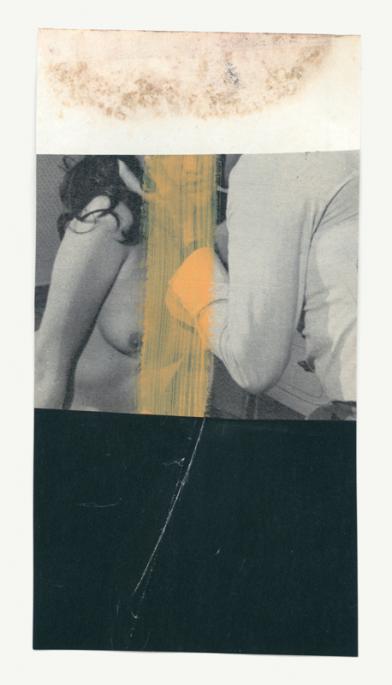
Lissy Elle is a young photographer who shoots in film and combines documentary photography with surrealist elements. Most of Elle’s projects and works have focused on her mentality in different stages and places of her life. When asked ‘What is the most important element about a photograph?’, she stated “An emotion, no matter how clichéd that might sound. You can always tell if someone created a piece from a technical place or an emotional place. You can do everything right in terms of lighting and composition and still make a flat and dull photograph. I want to see what you were feeling and what you were thinking and why I should care. If you don’t care then I don’t .” (EZRAMAGAZINE.Bolger.2019:5)

Whilst Elle’s main body of work focuses on candid documentary photography, mainly focusing on her spontaneous outings with close friends, she tends to incorporate surrealist, almost darkly comical aspects into these works, seemingly bringing a representation of deeper meaning and more complex, mature emotions – like exposing adulthood as a darker place then we may think. The ways in which she creates her surrealist imagery are very sophisticated and subtle, adding an obvious modernistic approach to the look of her creations, along with dream like imagery and adaptations that were obviously counterfeit. This fuelled my motivation to incorporate visual surrealism, not just surrealist context behind my pieces. I found it challenging incorporating both real life events and dreams or thoughts/ mindsets together at first, but as I worked on my personal study I discovered how they both can influence each other in terms of certain situations in my life impacting greatly the quality of my mindset.
In essence, it is obvious that the concept of surrealism can help artists and photographers to express their emotions and explain certain events that have impacted their lives greatly. This is obvious due to the idea of how the Great Depression influenced the surrealist art movement to a degree, and how Katrien De Blauwer works with old images for her own therapeutic self investigation.

Bibliography
https://www.theartstory.org/movement/surrealism/
www.huffpost.com › entry
http://katriendeblauwer.com/about
http://www.lissyelle.com/about


